Think of beavers as nature’s construction crew, working around the clock without pay, benefits, or coffee breaks. While we’ve spent decades viewing these industrious rodents as nuisances, forward-thinking states across America have discovered what indigenous peoples knew long ago: beavers are perhaps our most powerful allies in healing damaged watersheds.
The movement to restore beaver populations and harness their ecosystem engineering skills has quietly revolutionized efforts nationwide. From the arid deserts of Arizona to the mountain streams of Montana, states are embracing what scientists call “process-based restoration” through beaver partnerships. Let’s explore the twelve states pioneering this remarkable conservation success story.
California: The Golden State’s Ambitious Beaver Comeback
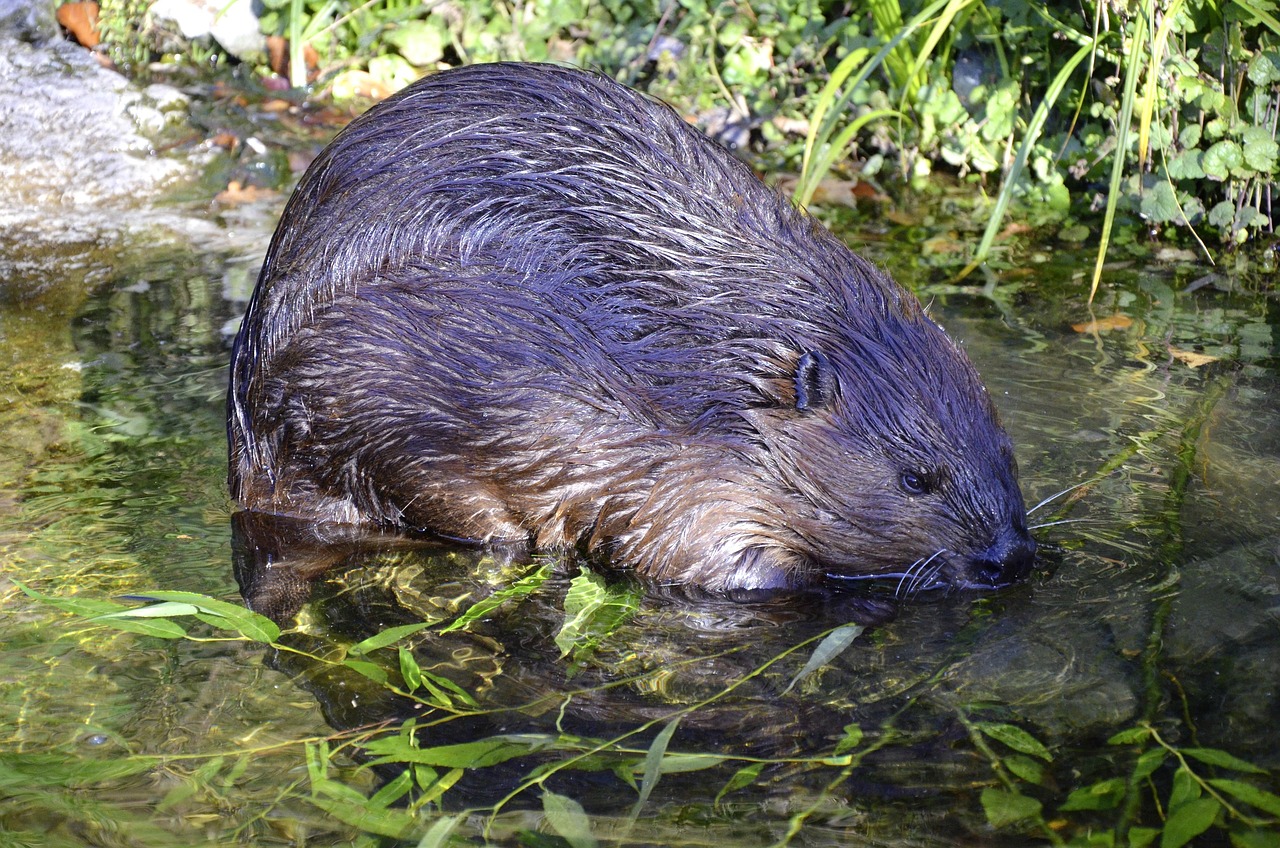
California has launched one of the most comprehensive beaver restoration programs in the nation, with the California Department of Fish and Wildlife reportedly placing beavers across multiple sites in the Sierra Nevada, in partnership with the Tule River Tribe and the Maidu Summit Consortium, already seeing beavers producing litters and building dams. This groundbreaking initiative represents a dramatic shift from viewing beavers as pests to recognizing them as critical ecosystem partners.
At the most productive site, beavers have started digging networks of canals, reconnecting streams to their floodplains and increasing surface water by about 23%, while CDFW considers beavers a “keystone species” providing ecological benefits and contributing to climate change resilience. The program’s success demonstrates how quickly these natural engineers can transform degraded landscapes into thriving wetland ecosystems.
Montana: Cowboys and Conservation Unite
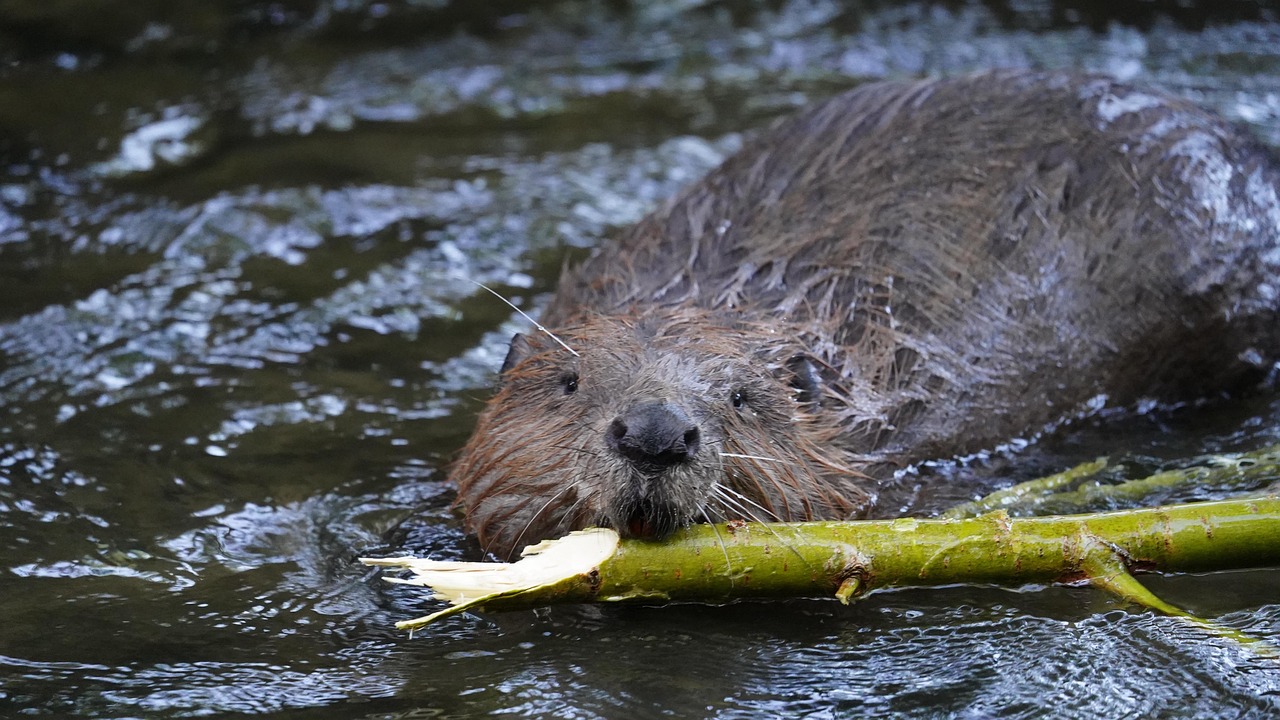
In 2022, WWF worked with numerous cattle ranchers in Montana to build beaver dam analogs – human-made structures that mimic a beaver dam’s capability to slow and hold water for longer periods on the landscape, while the National Wildlife Federation and Montana Wildlife Federation are working with the Clark Fork Coalition to help the U.S. Forest Service. This partnership between conservationists and ranchers shows how beaver restoration can benefit both wildlife and agricultural operations.
A pilot project in western Montana demonstrates how people and beavers can coexist, with expert assistance now available to public and private landowners seeking non-lethal approaches to manage beaver activity. The state’s pragmatic approach has created a model for collaborative conservation that other western states are eager to replicate.
Oregon: Setting the Science-Based Standard
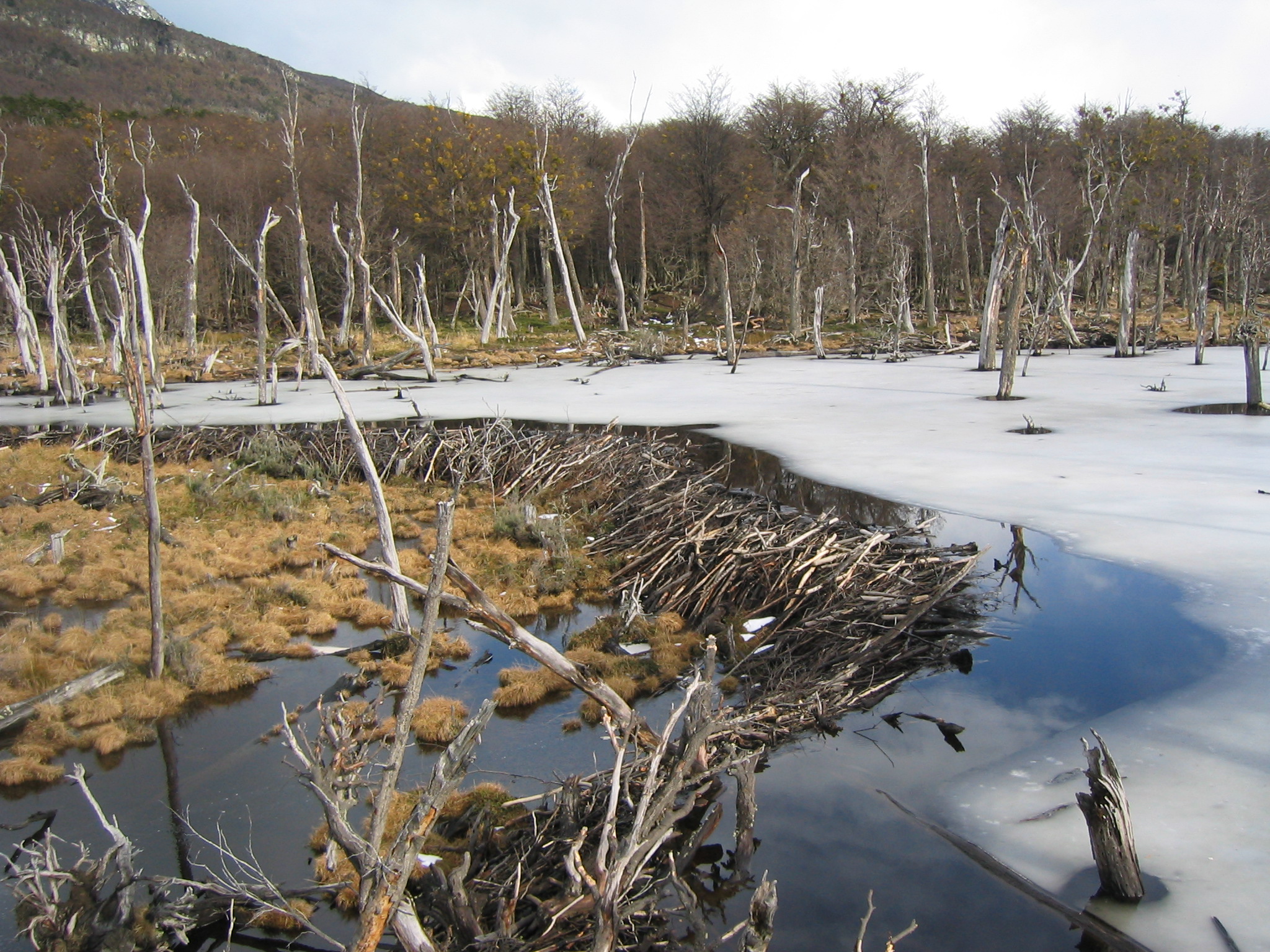
Bridge Creek, a high-desert watershed in north-central Oregon, bore the signs of livestock overgrazing and beaver removal, where researchers monitored conditions before and after installing numerous beaver dam analogs. This landmark study provided crucial scientific evidence that beaver restoration could reverse stream degradation even in harsh, arid environments.
Oregon’s coho conservation plan notes that increasing the number of beaver dams in areas where dams are limited will create high quality rearing habitat and increase coho smolt capacity, while Beaver Works Oregon works to support beaver and the required components that sustain them and allow them to function as keystone species. The state’s integration of beaver restoration into salmon recovery efforts showcases the interconnected benefits of ecosystem engineering.
Idaho: From Skeptics to Success Stories
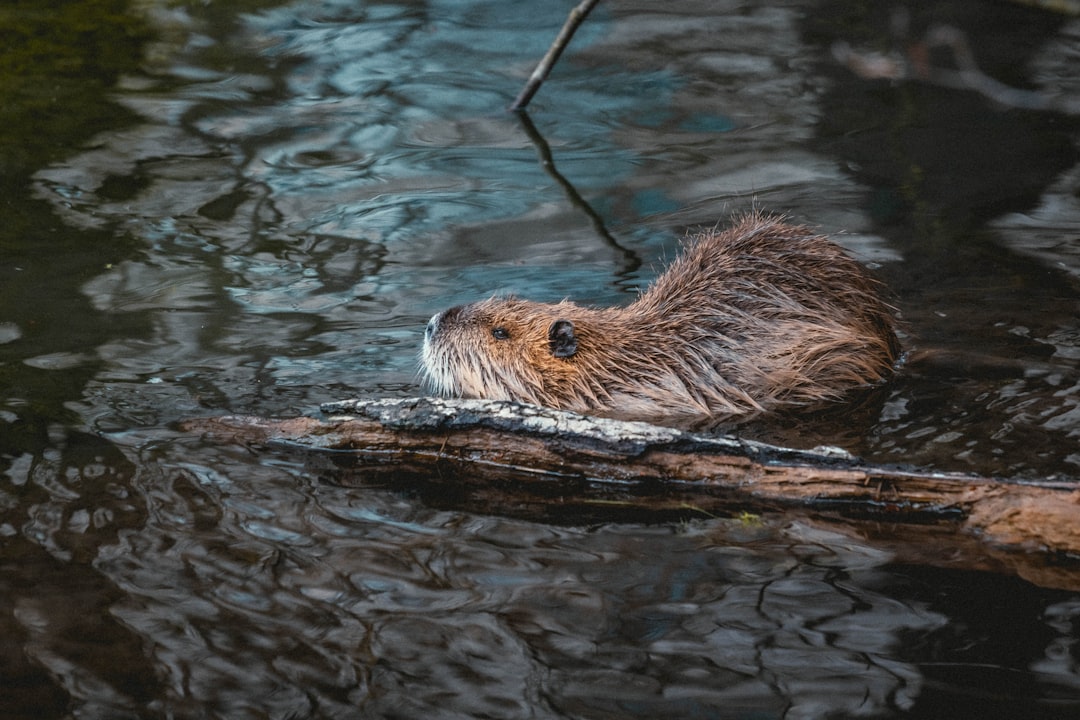
After seeing how beavers helped Birch Creek flow again, Idaho rancher Jay Wilde has inspired hundreds of people to try beaver-assisted stream restoration. Wilde’s transformation from beaver skeptic to advocate demonstrates the powerful impact these animals can have on water retention in arid western landscapes.
Owyhee County, Idaho, an arid landscape characterized by sagebrush habitat where cattle grazing is dominant, has garnered attention for restoring habitat on working landscapes, with interviewed producers showing overall positive perception of beavers as long as they stay away from irrigation infrastructure. The state’s collaborative approach has shown that conservation and ranching interests can align when properly managed.
Wyoming: Federal Investment Meets Local Innovation

In Sublette County, Wyoming, the Bureau of Land Management invested funds from the Inflation Reduction Act to change how rivers and creeks behave, with biologists and cultural resources specialists partnering with technicians from the Northern Arapahoe Tribe to build small, natural dams, hoping the new human-engineered dams will encourage beavers to move into the area. This federal investment demonstrates the national recognition of beaver restoration’s importance.
Wyoming’s approach combines traditional ecological knowledge with modern conservation science, creating a model for respectful collaboration between federal agencies and tribal communities. The state’s high-altitude streams present unique challenges that test the limits of beaver restoration techniques.
Wisconsin: Navigating Complex Regulations

Wisconsin regulators generally treat beaver dam analogs as dams that impound water, making for an arduous and expensive permitting process, with one landowner spending more than a year and $20,000 to obtain his permit, though few mock dam projects exist in Wisconsin where strict regulations make permitting expensive. Despite regulatory challenges, Wisconsin pioneers are pushing forward with innovative restoration projects.
Several Midwestern organizations and landowners are starting to experiment with the structures, which are frequently used in the American West, as beaver dam analogs on small waterways could help improve water quality, stabilize eroded stream banks, limit flooding and enhance wildlife habitat. Wisconsin’s experience highlights the need for regulatory reform to support nature-based solutions.
Colorado: Rocky Mountain Innovation
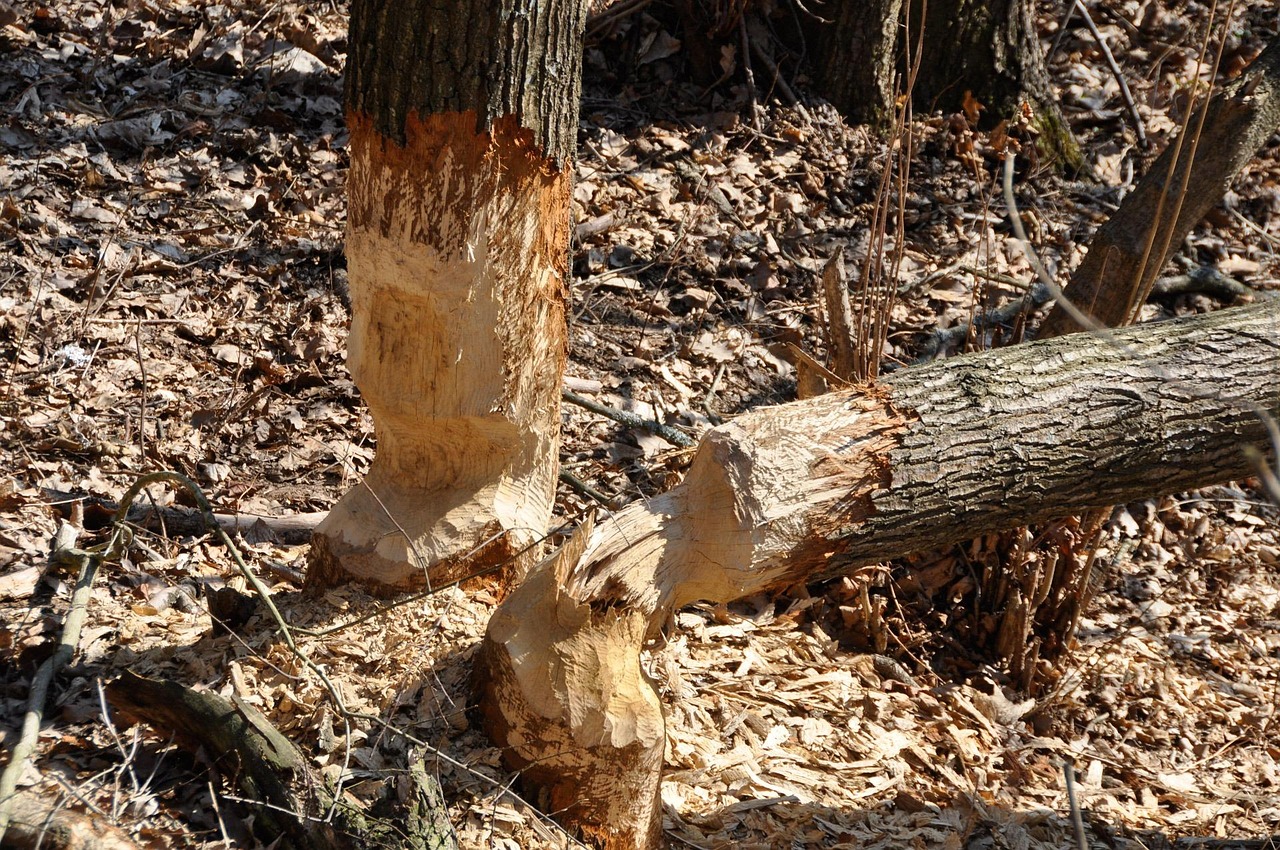
Several western states, including Washington, Oregon, Idaho and Colorado, are using beaver dam analogs or reintroducing beavers to help restore local ecosystems. Colorado’s high-altitude environments present unique opportunities for beaver restoration, particularly in areas affected by mining and intensive grazing.
Stretches of river that had beaver dams fared better in three fearsome Colorado fires in 2020, with people charged with repairing wildfire damage taking heed. The state’s experience with wildfire recovery has elevated beaver restoration from a conservation curiosity to an essential climate adaptation strategy.
New Mexico: Desert Oasis Restoration
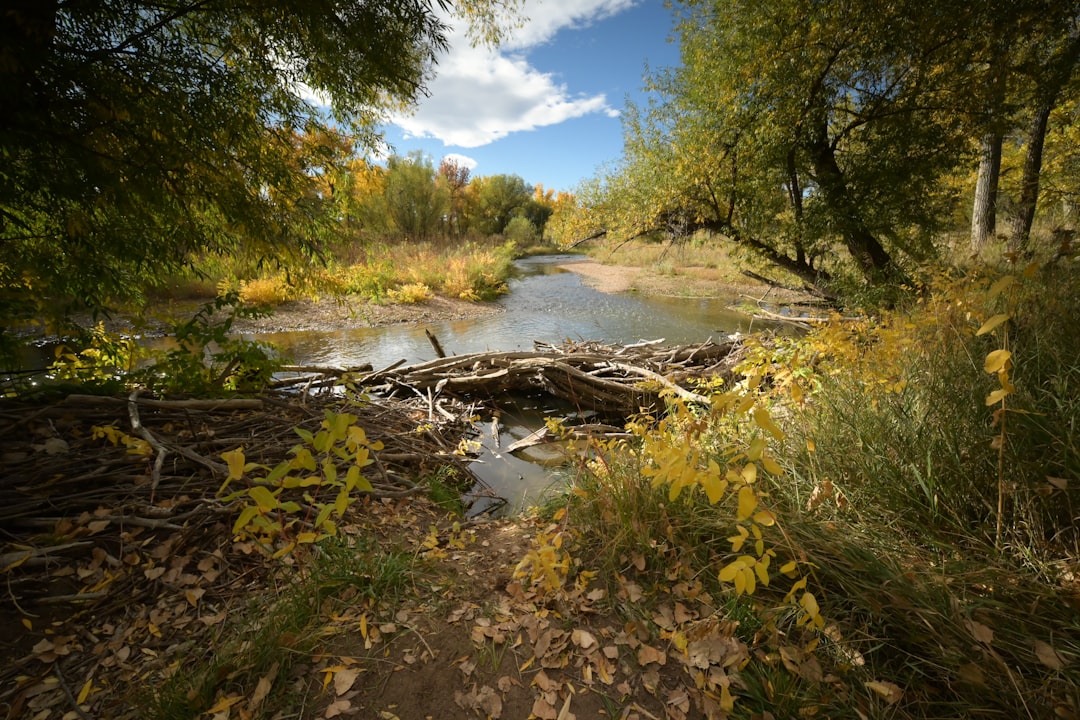
The New Mexico Beaver Project is working to restore beavers in New Mexico waterways to save water, recharge aquifers, mitigate flooding and drought, reduce wildfire damage, create aquatic and wetlands habitat, and provide more clean, cool water to all life that relies on it. The state’s arid climate makes every drop of water precious, and beavers’ ability to capture and store water is revolutionary.
In New Mexico, the Department of Game and Fish estimates thousands of beavers are present, with analysis suggesting significantly more could be supported if suitable habitat was occupied, with successful reintroduction projects completed on large ranches. The enormous gap between current and potential populations reveals the scale of opportunity for restoration.
Nevada: Ranch-Scale Success Stories
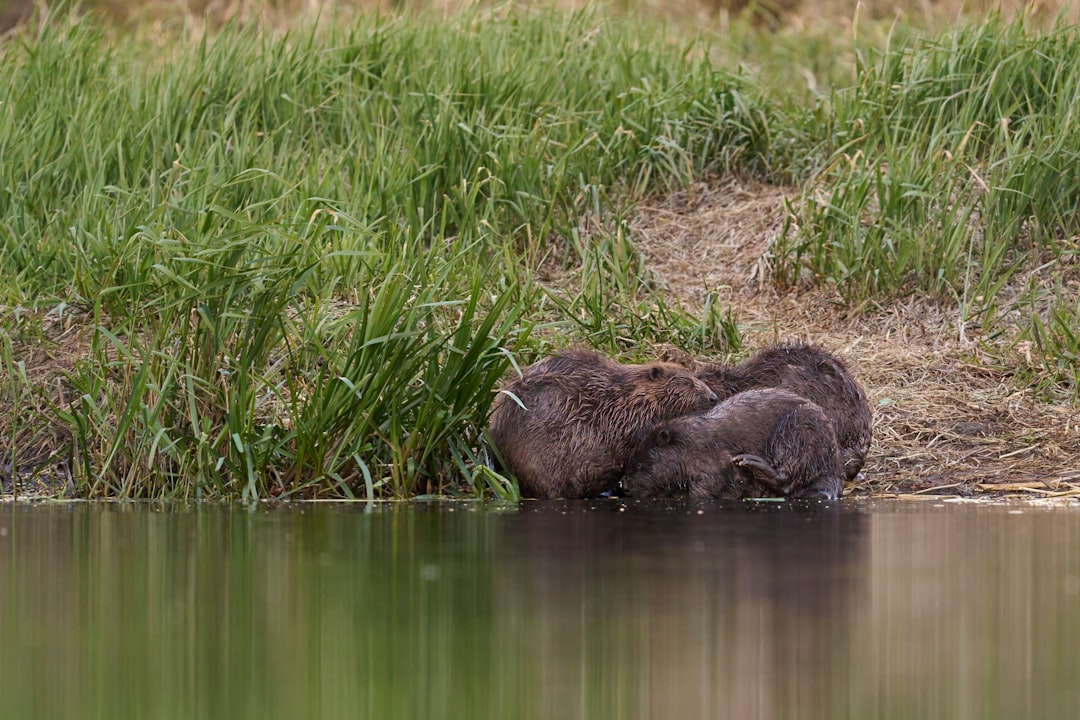
Nevada has seen development and delivery of a two-day workshop titled “Living with Beaver on your Ranch” at the Winecup-Gamble Ranch with attendees from ranches and agencies throughout northern Nevada, helping protect 70 miles of stream from erosion on a large ranch by providing beaver expertise. The state’s vast rangelands provide ideal testing grounds for large-scale restoration efforts.
Nevada’s success stories demonstrate that beaver restoration works at landscape scales, with individual ranches protecting dozens of miles of streams. The state’s collaborative approach between private landowners and conservation organizations has created lasting partnerships that extend far beyond single projects.
Arizona: Desert Rivers Reborn

Historically, beavers played a key role in maintaining watershed health for the Santa Cruz and San Pedro Rivers before they were wiped out by fur trappers in the 1800s, with the beaver population making an initial comeback due to relocation efforts. Arizona’s desert rivers seem unlikely candidates for beaver restoration, yet these waterways once supported thriving beaver populations.
Thanks to advocacy efforts, beavers are planned to be introduced into Ciénega Creek in the Santa Cruz Watershed by Arizona Game and Fish and the Bureau of Land Management, with the goal that wherever there are perennial flows and deeper pools, beavers will work building dams that slow flows, recharge the aquifer, and create riparian habitat. The state’s binational approach to restoration recognizes that watersheds don’t respect political boundaries.
South Dakota: Great Plains Adaptation
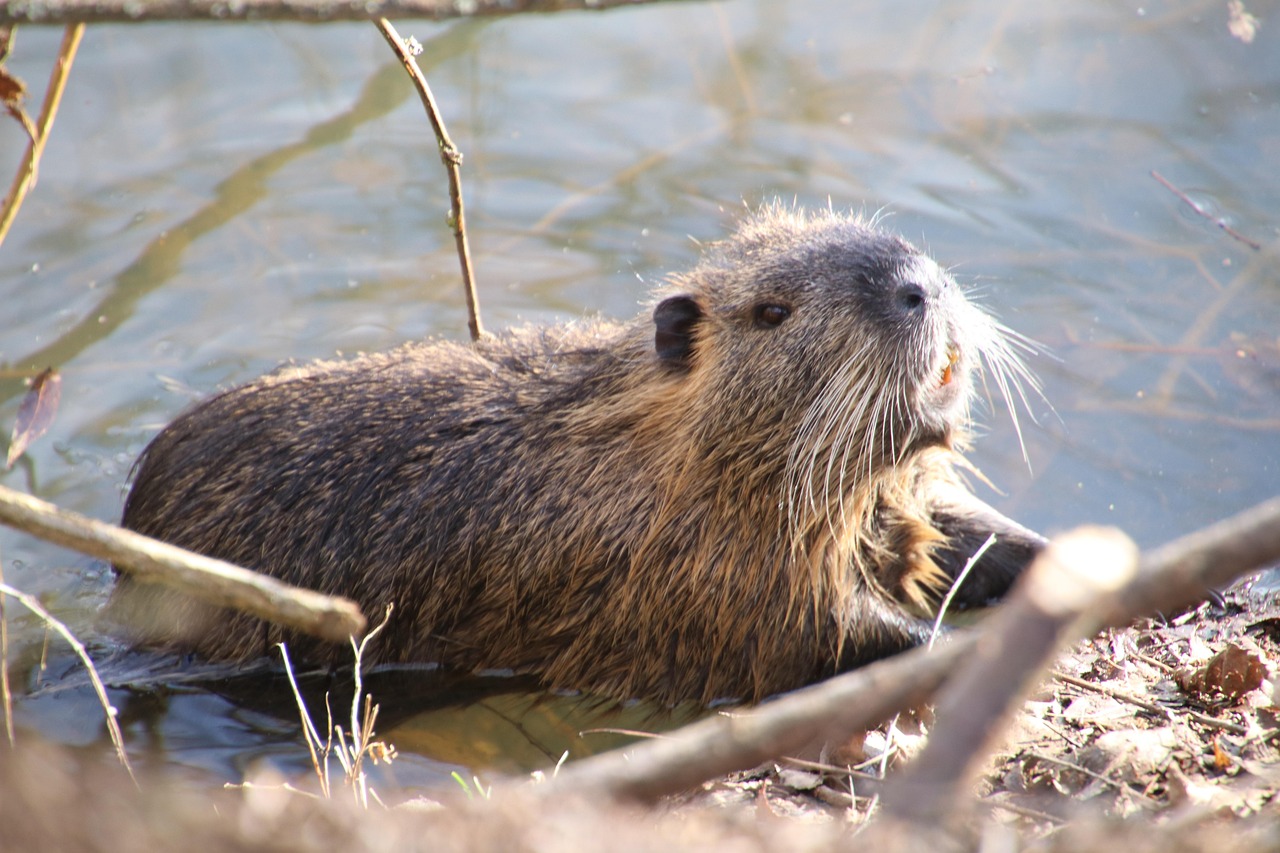
Artificial beaver dams, or beaver dam analogs (BDAs) are a newer technique in stream restoration being used in South Dakota, where BDAs affect the stream and nearby area by forming pools which slow the current and allow sediment to settle, helping native plant species thrive by partially filtering water and allowing more water to infiltrate the ground. South Dakota’s adoption of beaver restoration techniques shows how the movement is spreading beyond traditional western strongholds.
The state’s prairie streams face unique challenges from agricultural runoff and periodic droughts. Beaver restoration offers a cost-effective solution that works with natural processes rather than against them, creating resilience in landscapes that desperately need water retention.
Utah: High Desert Innovation
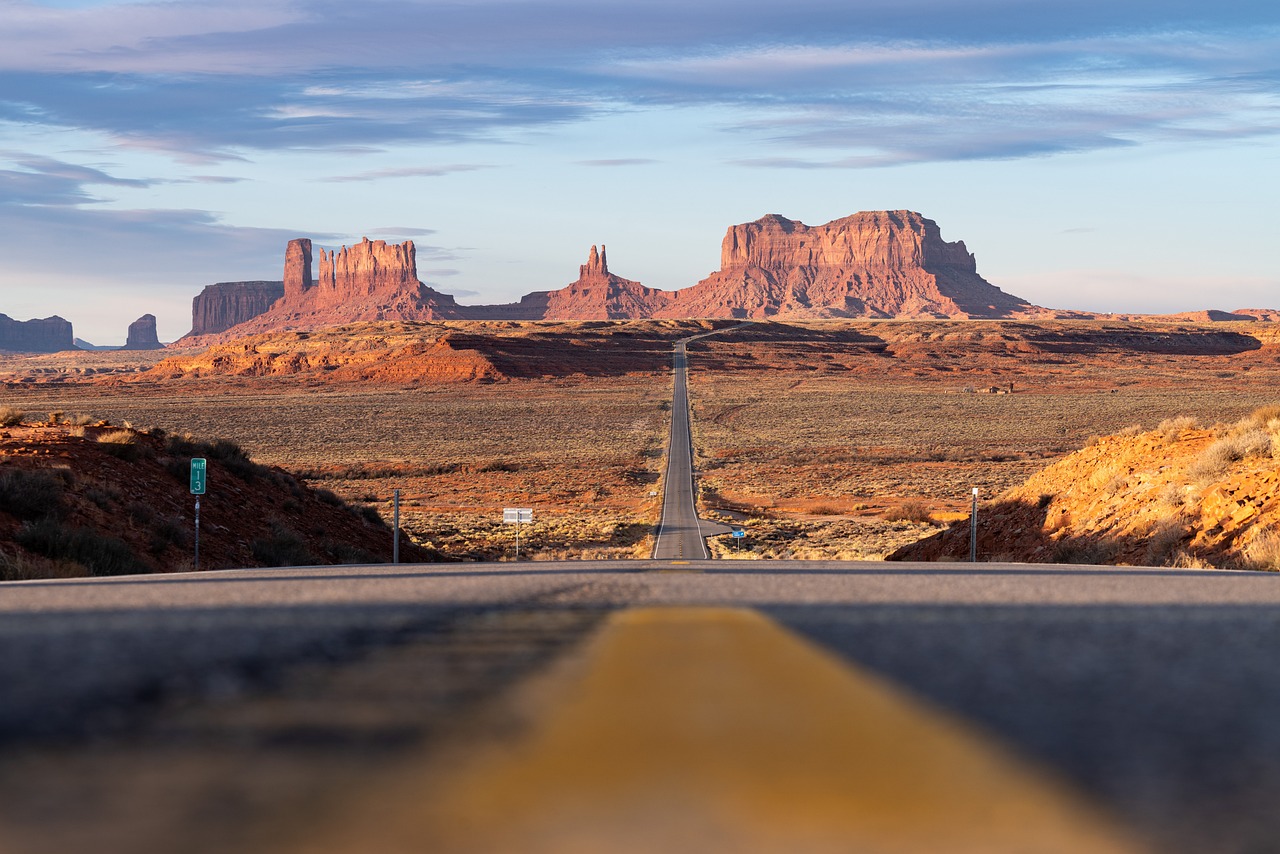
A Utah project supported by Bipartisan Infrastructure Law funding and partnerships with the U.S. Forest Service aims to improve habitat for trout, increase drought resilience, and support wildfire management. Utah’s mountainous terrain and variable precipitation make water storage critical for both wildlife and human communities.
The state’s integration of beaver restoration with broader infrastructure investments demonstrates how nature-based solutions can leverage federal funding for maximum impact. Utah’s success in combining traditional engineering with beaver partnerships offers a blueprint for similar western states.
Conclusion: A Future Shaped by Furry Engineers

These twelve states are proving that the future of doesn’t lie solely in concrete and steel, but in partnerships with the original landscape architects. From California’s ambitious translocation programs to Wisconsin’s regulatory innovations, each state contributes unique lessons to a growing movement.
The transformation is remarkable: beaver populations that once seemed destined for continued decline are rebounding, damaged watersheds are healing, and rural communities are discovering that their former “pest” problems were actually solutions waiting to be recognized. As climate change intensifies droughts and floods, these states are building resilience one dam at a time.
What’s perhaps most surprising is how quickly attitudes have shifted from conflict to collaboration. Ranchers who once trapped beavers now build artificial dams to attract them. Wildlife agencies that spent decades removing beaver structures now invest millions in restoration projects. The revolution is quiet but profound, measured in rising water tables and returning salmon runs.
What do you think about enlisting beavers as conservation partners? Tell us in the comments.




